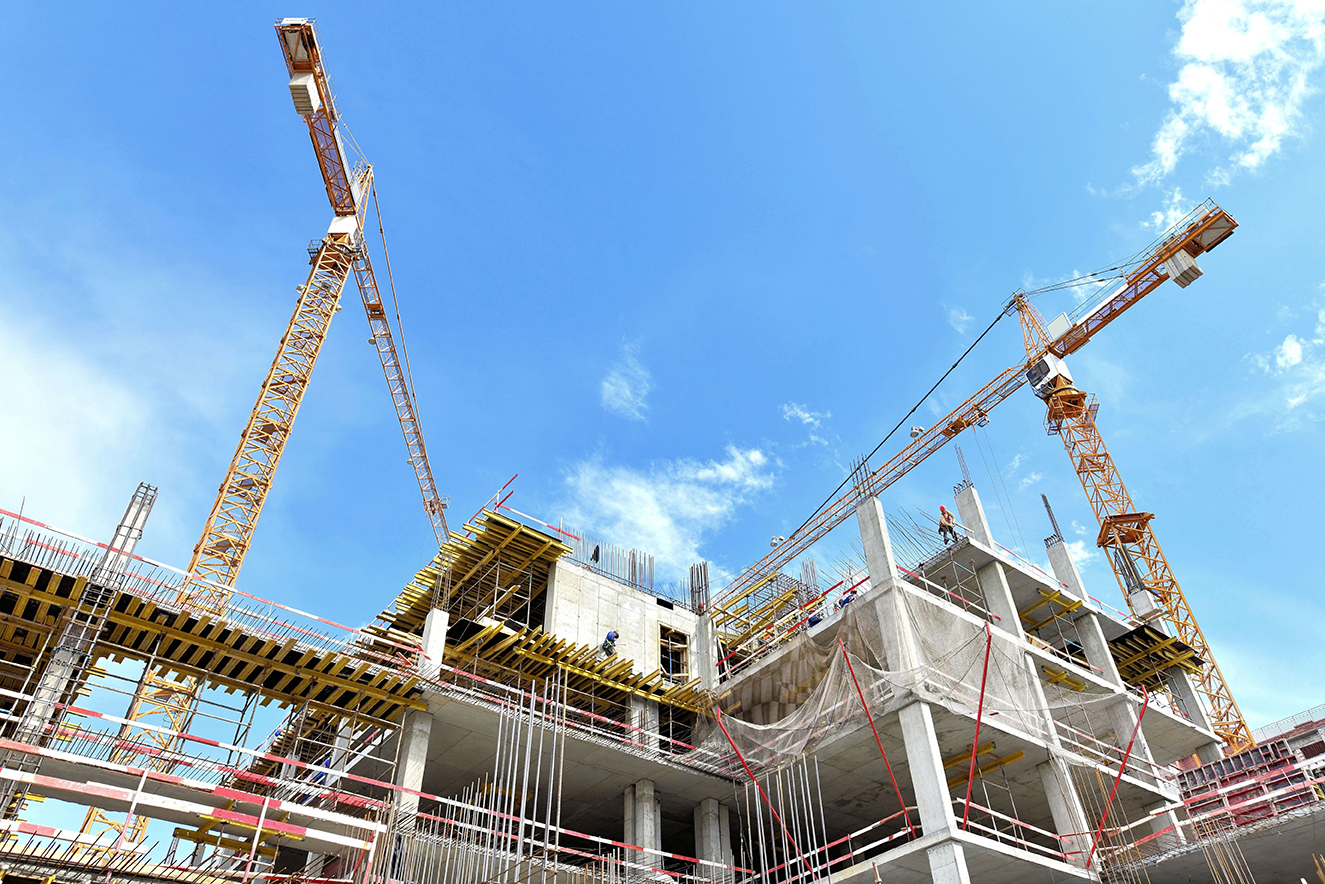
I have previously written in this blog regarding our Golden State’s significant scarcity of housing. As this situation persists, it threatens to tarnish the luster of our economy. Even as the new tech boom drives growth to new heights, an acute lack of residential stock (and concomitant high housing costs) is eroding some of our economic strength. In Mountain View, where Google’s expansion has helped change that city from a sleepy suburb into a technology hive, local authorities have had to make allowances for increased overnight street parking as a result of working families having to live in their RVs because they can’t afford a monthly rent or mortgage.
In their efforts to respond to this situation, lawmakers across the state have been working to come up with proposals to ameliorate this state of affairs. Earlier this year, in the California legislature, State Senator Scott Weiner introduced SB 827 , an ambitious but controversial affordable housing proposal—ambitious because it encouraged the construction of denser, taller housing projects near transit corridors, controversial because it did so by overriding local controls over such projects. Despite the fact that some of the bill’s bolder ideas were scaled back in a nod to critics, however, SB 827 was defeated in a committee vote last week.
A week earlier, however, the Palo Alto City Council enacted an ordinance creating a new affordable housing “overlay zone,” in order to encourage construction of below-market rate (“BMR”) housing projects within transit corridors. The overlay zone establishes flexible development standards that property owners may avail themselves of in order to propose and build 100% affordable housing developments within the boundaries of the overlay zone. These projects would still have to pass an architectural review process (albeit somewhat abbreviated), but regulations such as setbacks, density, height restrictions and parking requirements would be relaxed in order to make such projects more economically viable.
Adopting this ordinance after a nearly five hour meeting, the Palo Alto City Council applied many of the development concepts contained in SB 827 to its new overlay zone in order to allow denser, taller, multi-family buildings with restricted parking within transit corridors. This overlay zone will apply to rental housing located within a half-mile radius of Palo Alto’s Caltrain stations at California Avenue and University Avenue, and within a quarter mile of El Camino Real, which is one of the main traffic arterials used by the Santa Clara Valley Transportation Authority (“VTA”) for its bus routes.
In establishing its affordable housing standards for projects in the overlay zone, the City of Palo Alto set the eligibility requirements at 120% of the area median income in order to qualify for affordable housing in the overlay zone. According to Palo Alto Mayor Liz Kniss, “If you go up to 120, we’re talking about the middle. We’re as concerned in many ways about the middle as we are about the low and the very low incomes.” By adopting this overlay zone, the City of Palo Alto is also seeking to do a better job in meeting its state-mandated housing goals. Since 2014, only 393 housing units have been built in Palo Alto (20% of goal) with only 143 units of affordable housing (10% of goal).
While the merits of these proposals are certainly debatable, Palo Alto proponents of this “yes in my back yard” (“YIMBY”) approach are hopeful that they can help address the shortage of housing with approved projects within this overlay zone. These advocates were clearly heartened just last week with news of architectural review board approval of a 57-unit BMR project along El Camino Real. While it is clearly too early to reach any conclusions, there is at least some indication in Palo Alto that these projects may be able to proceed.



